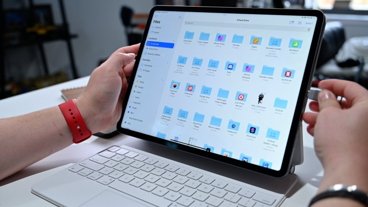We can't tell you precisely how many minutes the 2019 Novel Coronavirus can survive on your iPhone, Mac, keyboard or shipment from Amazon — but there are estimates that give good guidance on what you should do if you think your device has been exposed.
While measures like social distancing can help protect people from COVID-19 infection through close contact with others, experts have cautioned that it the virus remains viable on surfaces too. On Tuesday, new research was delivered that may give us an idea of just how long the 2019 Novel Coronavirus may be able to do so.
Coronavirus survival on surfaces and in the air
The COVID-19 virus can survive when attached to aerosols — or small water droplets in the air — for up to three hours. But its viability appears to be lengthier on surfaces, according to new research by the National Institutes of Health, Princeton and the University of California, Los Angeles.
Researchers found that the virus can remain viable for between two and three days on plastic and steel, which are commonly used in electronic devices. The research didn't test for glass or aluminum, and it isn't clear if the 2019 Novel Coronavirus has similar properties on those materials. For those worried about their Amazon or grocery deliveries, the same research shows that the coronavirus can survive up to 24 hours on cardboard — so wipe that Amazon box down when it arrives. On copper materials, it only lived for four hours.
It's important to note that this research is current, so guidelines and results may change as further study is carried out. Researchers also cautioned that work done in a lab environment may not translate to coronavirus viability in the real world.
A previous review of 22 studies found that human coronaviruses can survive on surfaces like metal, glass or plastic for varying lengths of time. SARS, for example, survived two days on steel, four days on glass and up to five days on metals and plastics. Interestingly, on aluminum, it remained viable for two to eight hours.
SARS is not the same as COVID-19, and there are big distinctions between the two. SARS survived eight hours on cardboard, while the coronavirus lasted about 24 hours. That likely translates to big differences in other materials for the novel coronavirus as well.
That study also revealed that most previous coronaviruses can be rendered inactive by many common surface disinfectants within one minute. That research hasn't caught up with the 2019 Novel Coronavirus, however.
What materials does Apple use?
The vast majority of Apple products are made from various types of aluminum, including iPhones, iMacs, the MacBook Air, the MacBook Pro, and iPads. On portable devices like the iPhone and iPad, the use of aluminum or stainless steel is typically restricted to the chassis, with glass making up the bulk of the surface that you touch. But, again, the latest research didn't include aluminum.
Apple-produced keyboards and computer mice are easier to analyze. Usually made of plastic with some metal components, the NIH study suggests that the virus can survive two to three days on those surfaces. Many iPhone users probably have a case on their device. If that case is plastic, which it's likely to be, then the virus can probably survive that long, too.
We also have a clearer answer for stainless steel Apple products, like Apple Watches or iPhones like the iPhone X and iPhone 11 Pro. Per testing in a lab environment, the virus can survive two to three days on stainless. Though, of course, glass still makes up a bulk of the materials used.
You have to use the worst-case scenario for viral contamination on a mixed-surface device. Until there are clearer answers for glass and aluminum, it's safest to assume that the 2019 Novel Coronavirus will last on your Apple products for two to three days, the length of time it remains viable on plastic and metal.
Cleaning your Apple devices
Two to three days is a long time to wait to use your Apple devices. Because of that, you'll probably want to clean it as soon as you suspect it may have been contaminated.
The best piece of advice to take away is to avoid sharing your Apple products with others. That includes your phones, tablets, laptops and computer accessories. That's not always possible, so we'll point you back to our previous tips on cleaning your Apple devices safely and efficiently.
Earlier in March, Apple updated its cleaning recommendations to green-light the use of disinfecting wipes on its products - but still, never acetone or harsh solvents. We still recommend users practice caution when using any solvents beyond water on any electronic device, and especially displays.
 Mike Peterson
Mike Peterson



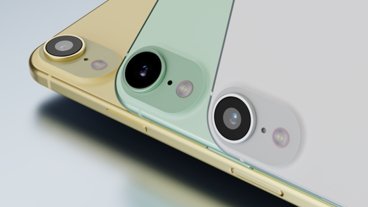
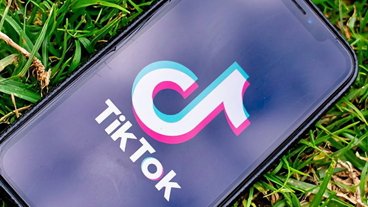


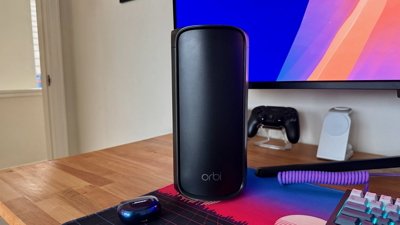
 Oliver Haslam
Oliver Haslam
 Marko Zivkovic
Marko Zivkovic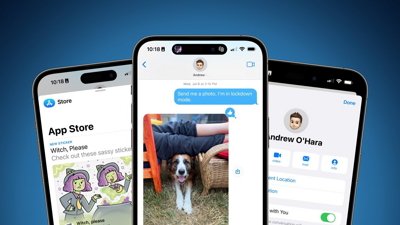
 Wesley Hilliard
Wesley Hilliard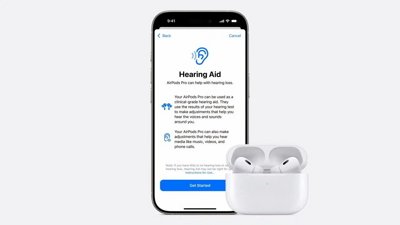
 Amber Neely
Amber Neely
 William Gallagher and Mike Wuerthele
William Gallagher and Mike Wuerthele
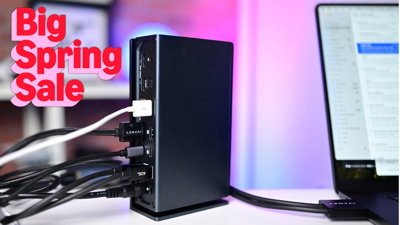
 Christine McKee
Christine McKee
 William Gallagher
William Gallagher